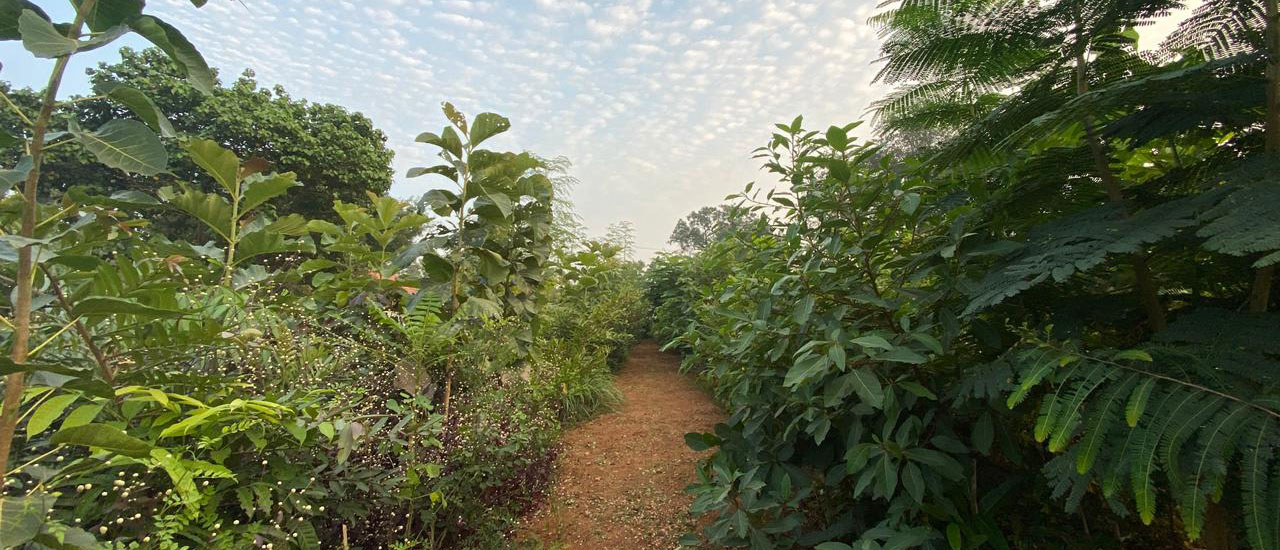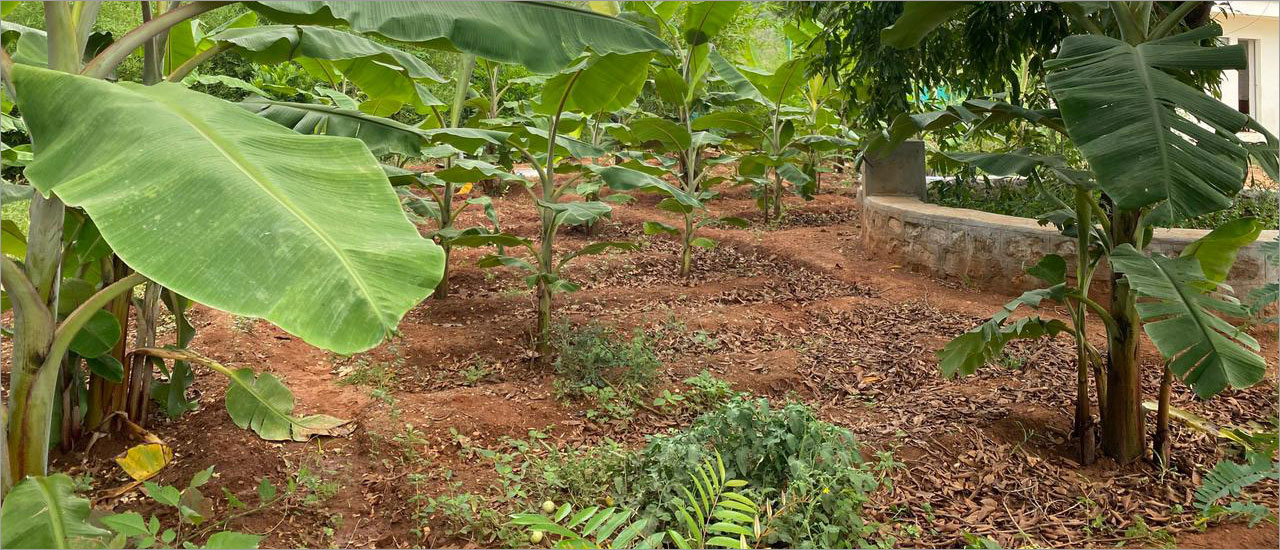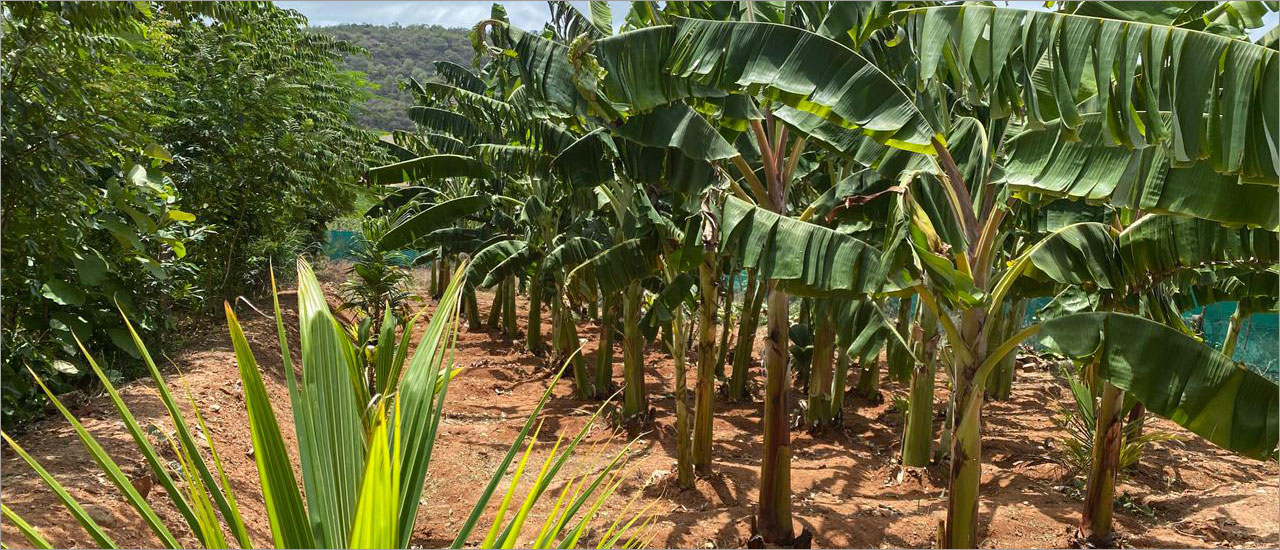Miyawaki Plantation

Miyawaki Method of Afforestation
The Miyawaki Method is a system of afforestation pioneered by the Japanese scientist, Akira Miyawaki, in the 1970s, which essentially restored the natural vegetation of degraded land. The method involves planting a large number of tree species native to a region, close to each other, in an effort to turn barren pieces of land into mini-forests that can sustain itself in a span of one or two years; effectively mimicking the dense cover of a natural forest. The Miyawaki Method is ideally carried out in cities or urban environments that have a dearth of trees, effective lungspaces or plentiful land for the reconstitution of — what used to be — indigenous forests with indigenous trees. The method can be effected as a means of afforestation on barren or unused pieces of land, in an urban scale.
| Where can you carry out the Miyawaki method? | Why? |
|---|---|
| Unused or vacant plots of land in urban areas (cities, metros) | Afforestation |
| Barren land in rural areas or outskirts (small towns, villages) | Afforestation |
| A small piece of land next to your home, office, or commercial space | Lung spaces |
Miyawaki Plantation Process
Native trees are carefully selected based on the soil conditions, availability of water, type of land and preferences of the plot owner.
| Studying the Land | Site Survey |
|---|---|
| Land, soil and water analysis | |
| Excavation | |
| Preparing the Land | Mixing (coco peat, soil, vermicompost) |
| Layering of mixture | |
| Fencing and water outlet | |
| Planning and Planting | Selection of tree species |
| Planning the layout | |
| Planting the seeds or saplings | |
| Post-planting | Mulching |
| Scattering organic fertiliser | |
| Regular watering and weeding |
Agroforestry
As world population increases, the need for more productive and sustainable use of the land becomes more urgent. To meet the demand for food by 2050, production will have to increase by well over 60%. This massive demand, coupled with current problems borne out of past and existing non-sustainable land use practices, provide the case for changing the way we manage lands and our production of agricultural and tree goods.
Agroforestry is a collective name for efficient land-use systems involving trees combined with crops and/or animals on the same unit of land. The systems place an emphasis on the use of multiple indigenous trees and shrubs, particularly suitable for low-input conditions and fragile environments. Agroforestry is crucial to rural, small scale farmers because it can enhance their food supply, income, and health. They are essentially multifunctional systems that can provide a wide range of environmental, economic, and sociocultural benefits.
- More efficient recycling of nutrients by deep rooted trees on the site
- Reduction of surface run-off, nutrient-leeching, and soil erosion
- Improvement of microclimate, such as lowering of soil surface temperature and reduction of evaporation of soil moisture
- Improvement in soil structure and soil nutrients through the addition and decomposition of litter-fall
- Increment in the output of food, fuel wood, fodder, fertilizer, and timber
- Reduction in incidence of total crop failure
- Increase in levels of farm income due to improved and sustained productivity
- Improvement in rural living standards from sustained employment and higher income or wages
- Stabilization of communities through the elimination of shifts in farm activity
- Improvement in overall nutrition and health due to the increased quality and diversity of food output


